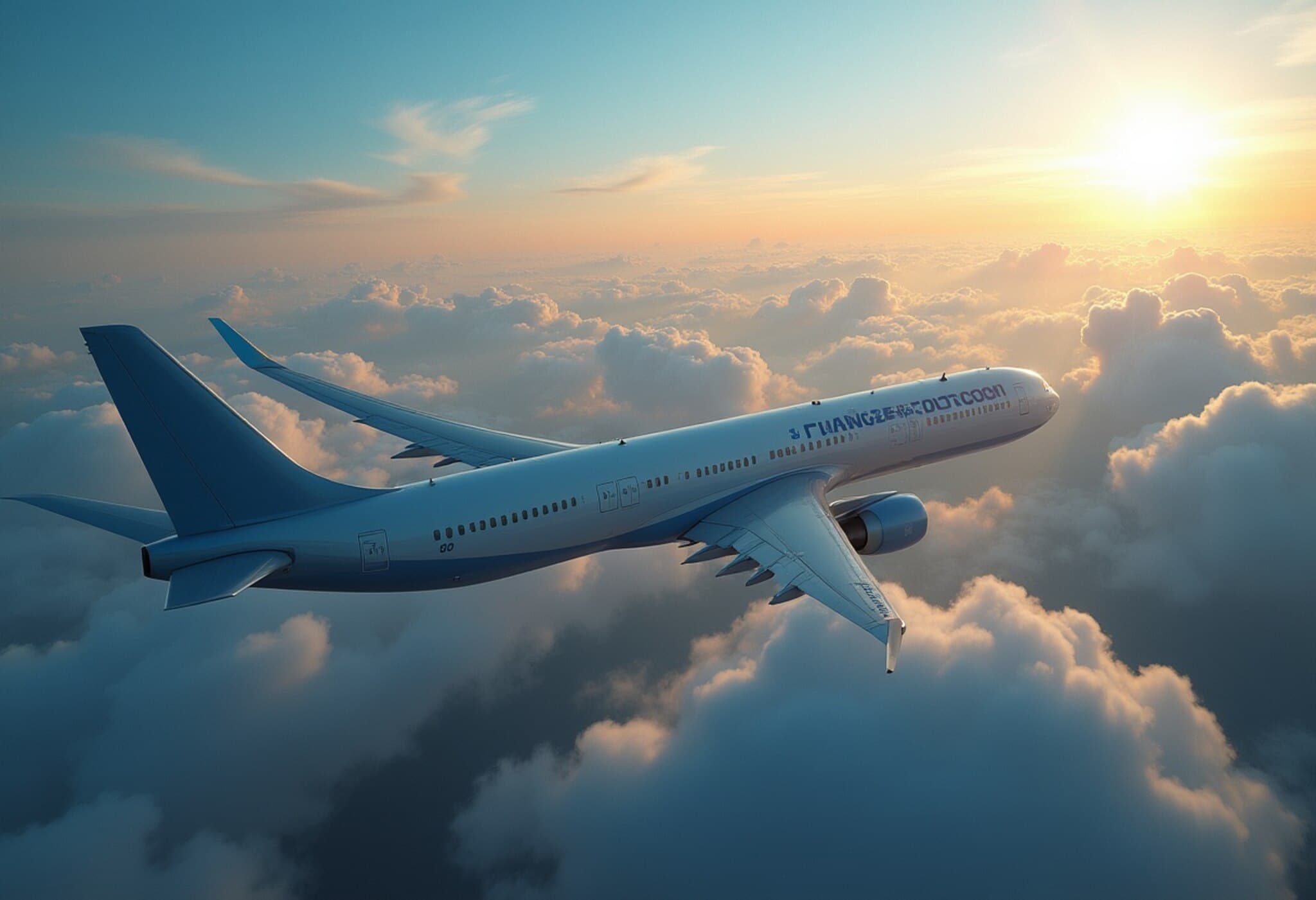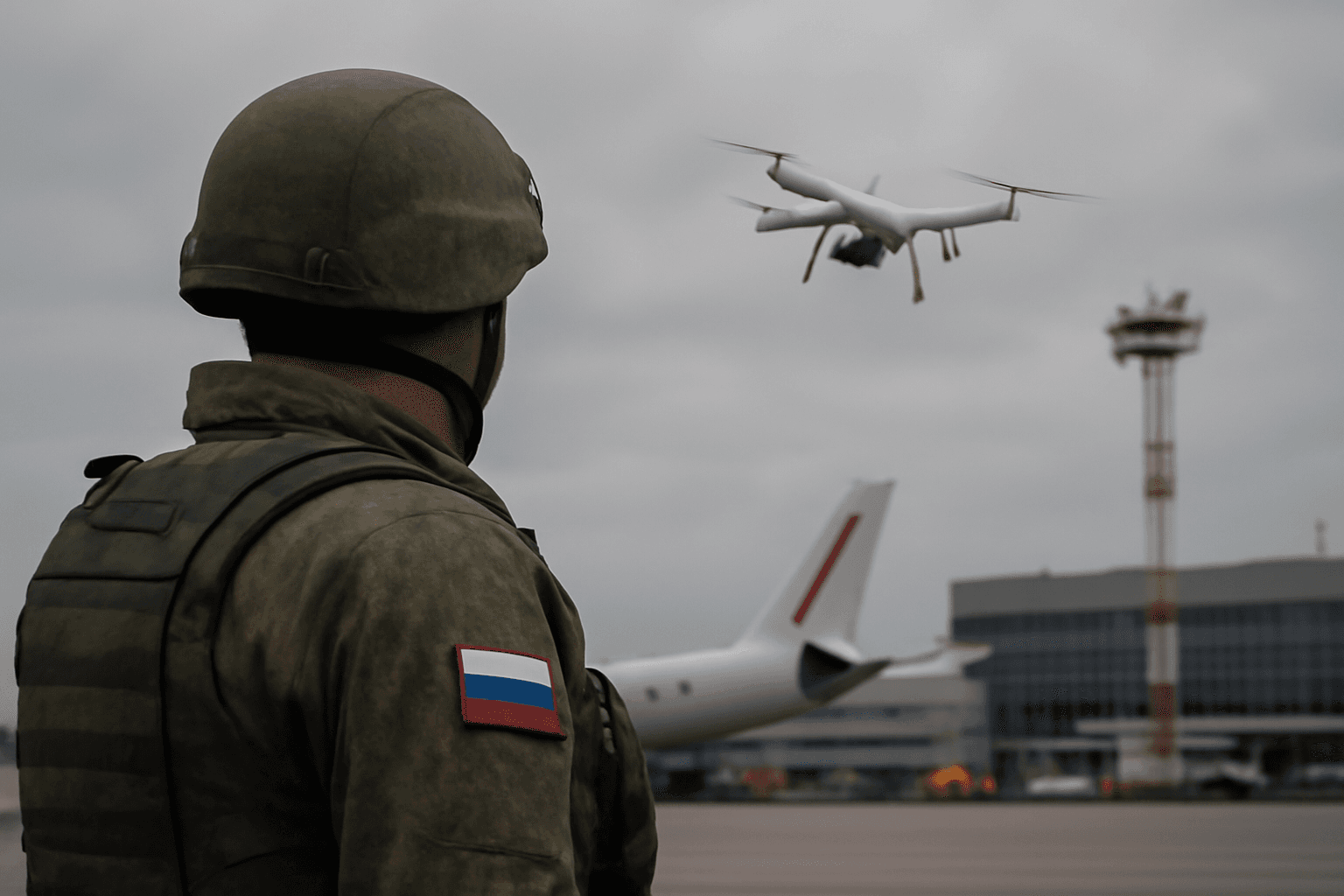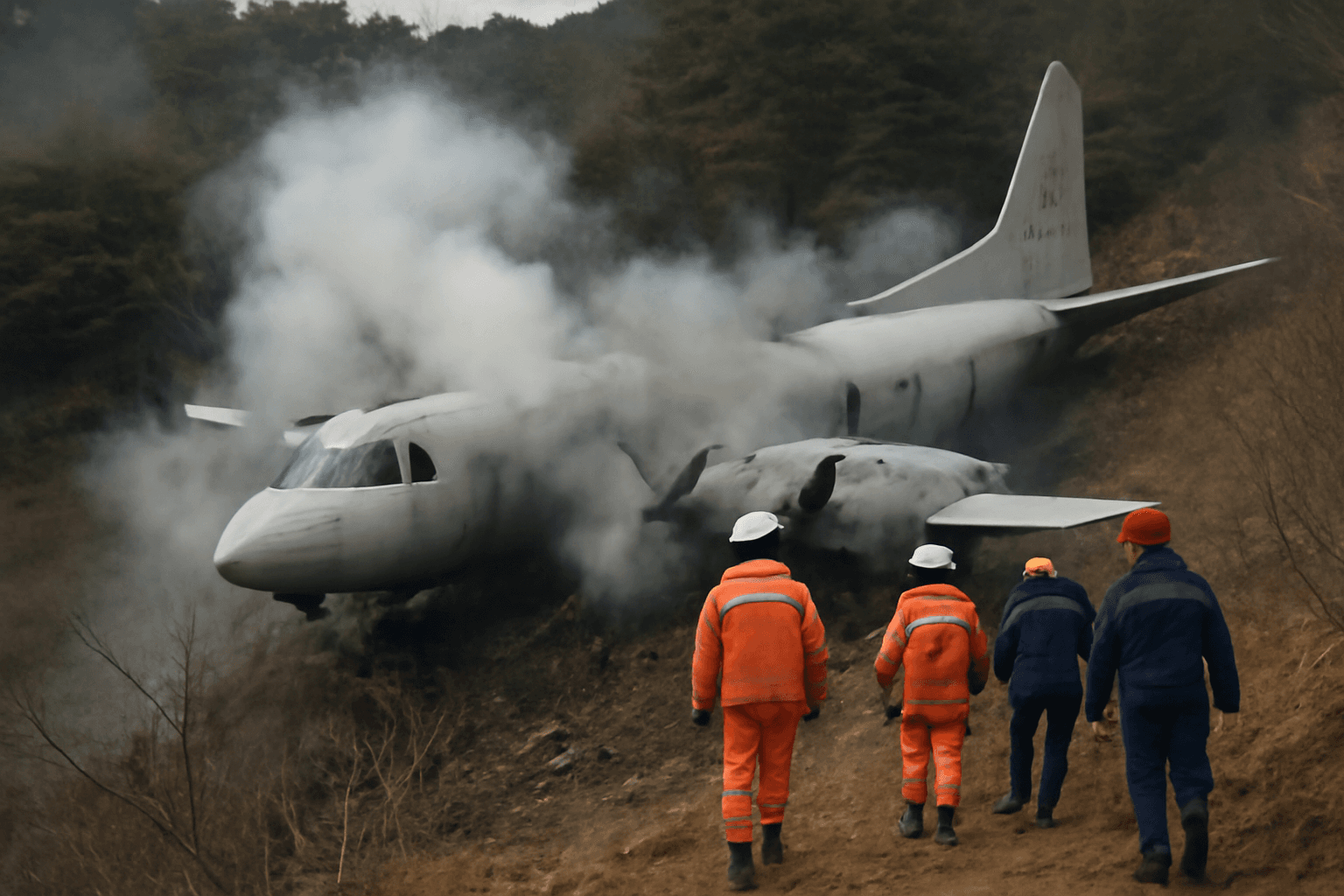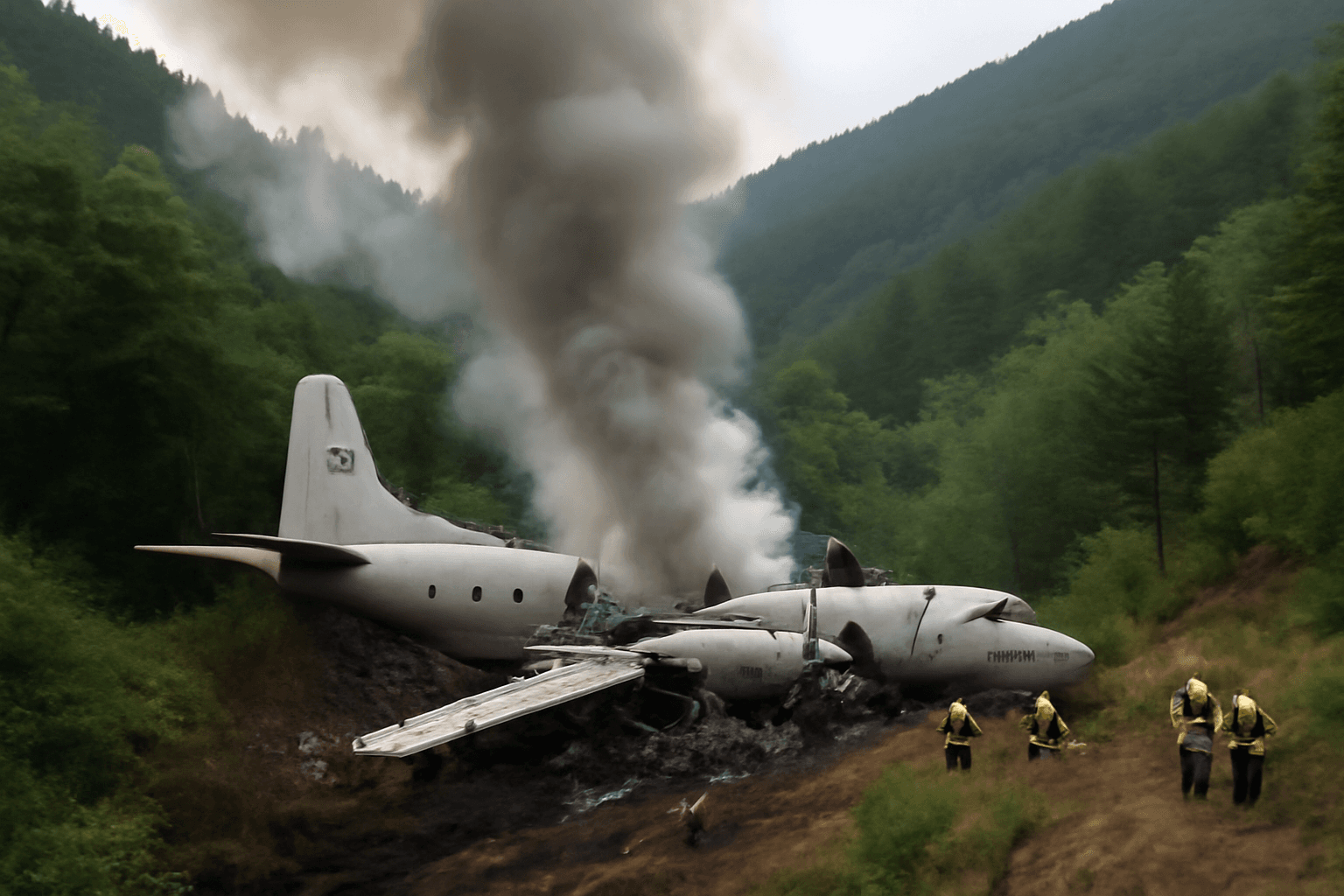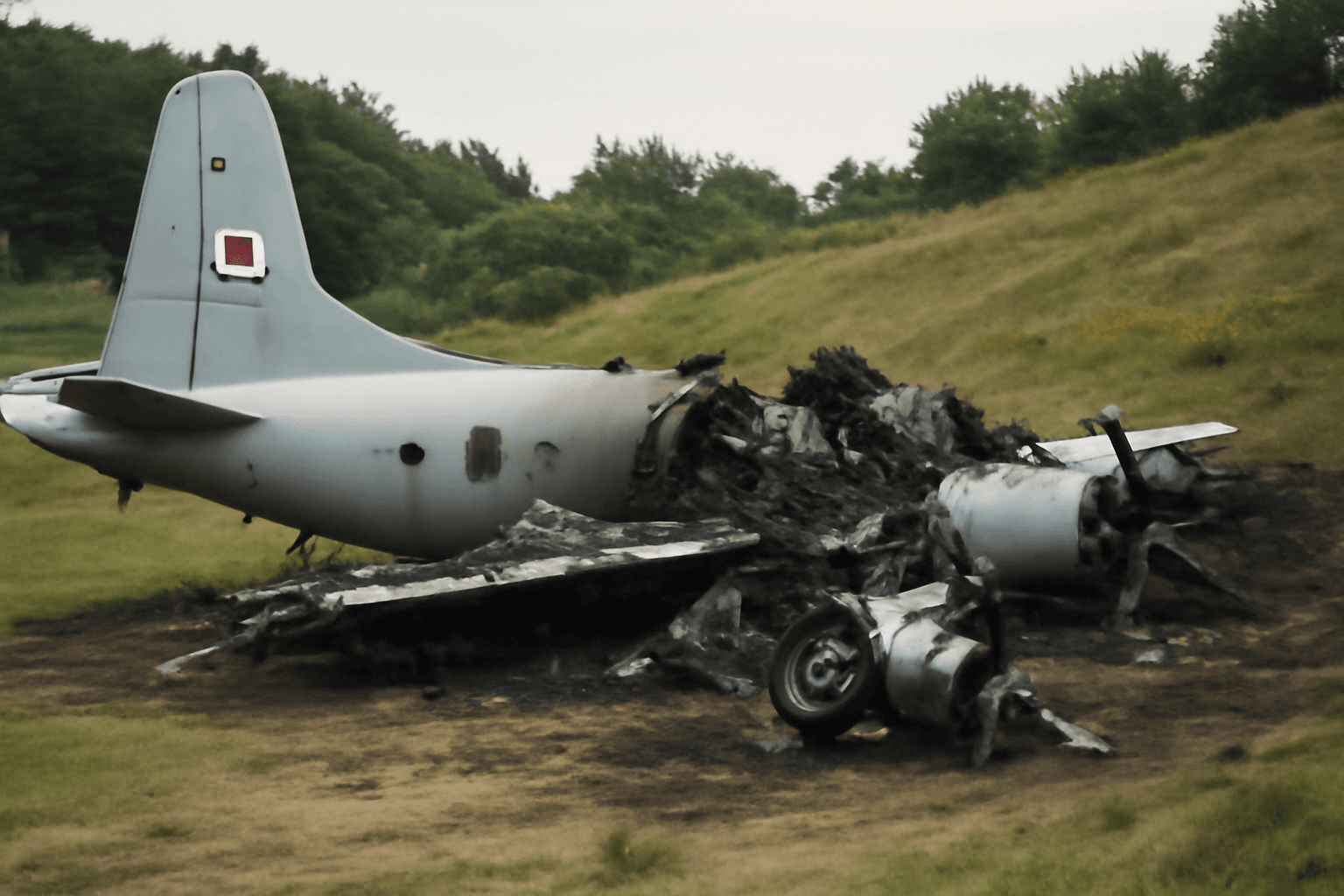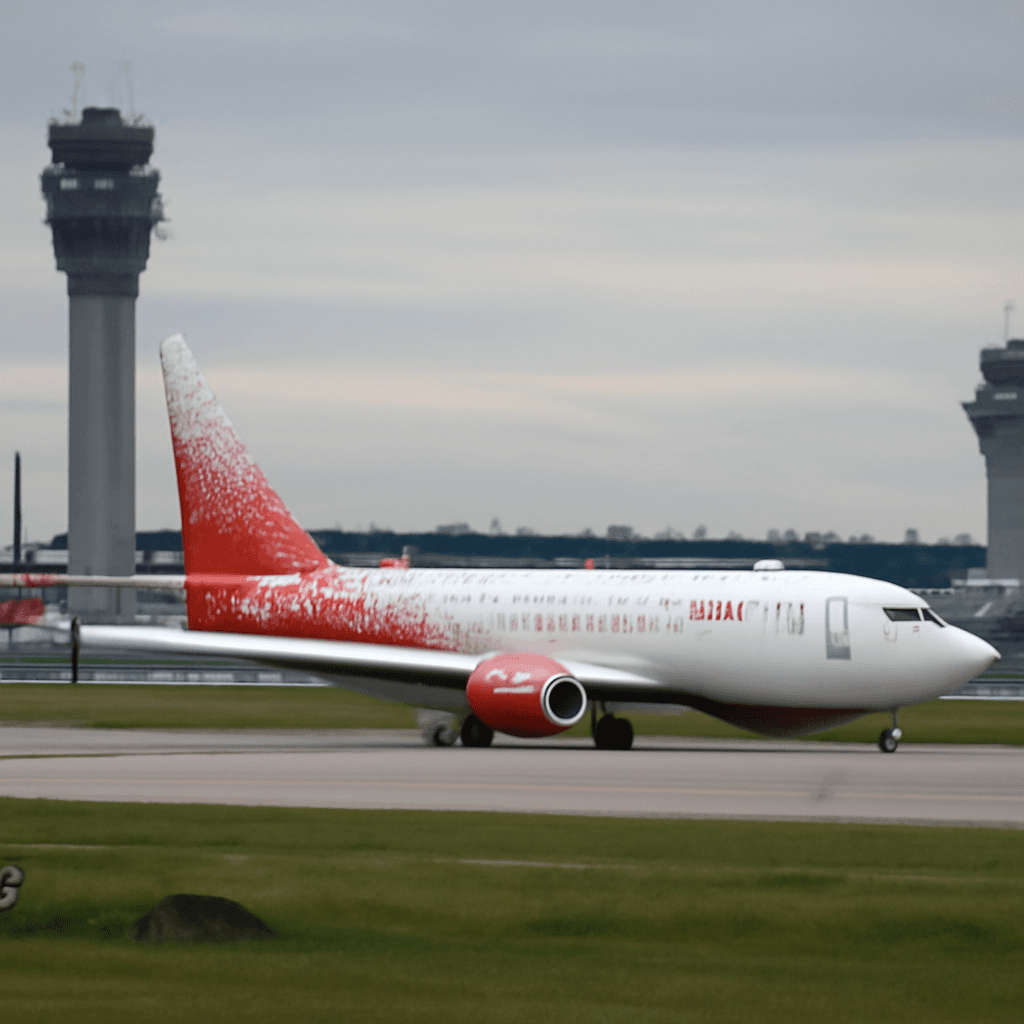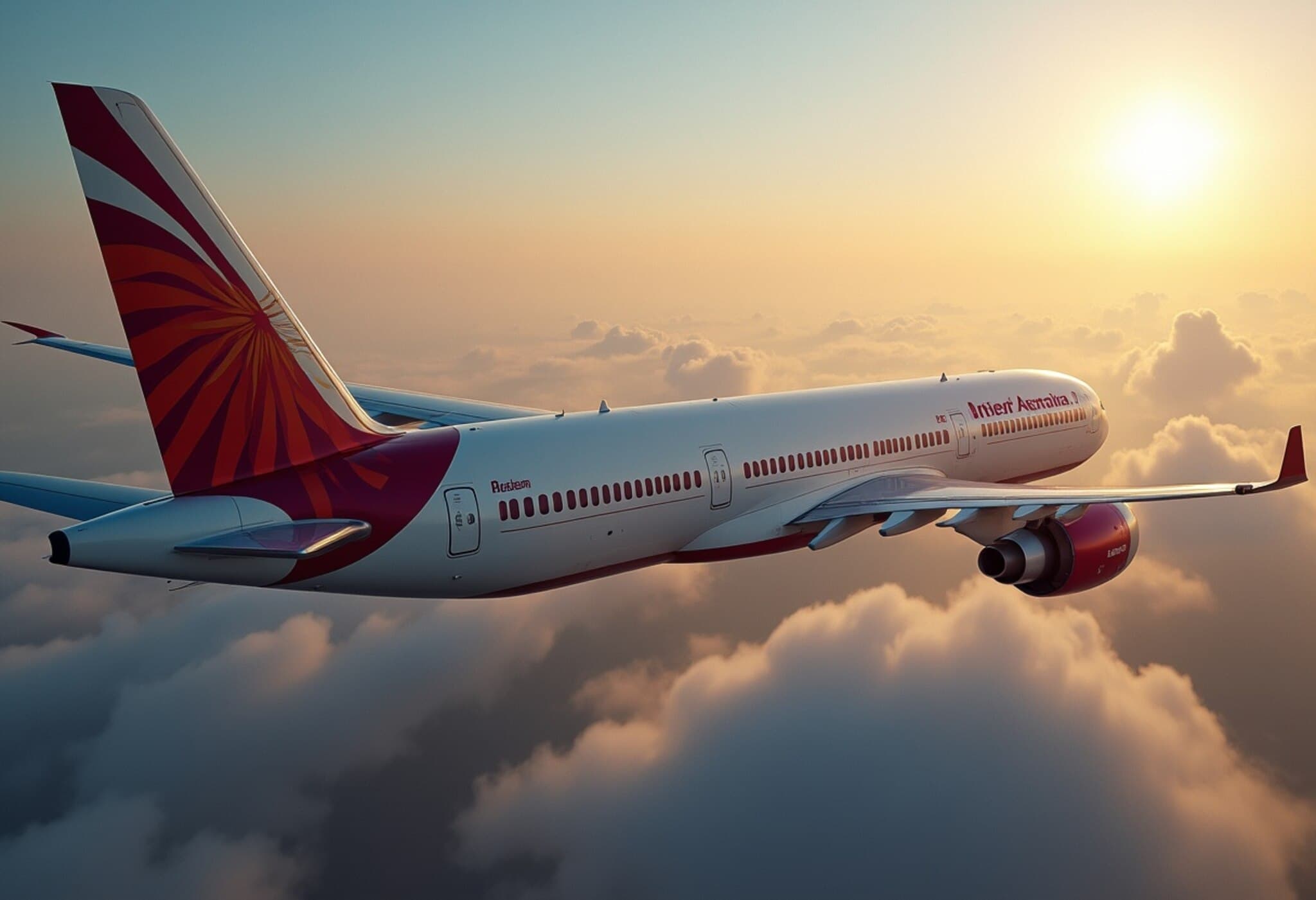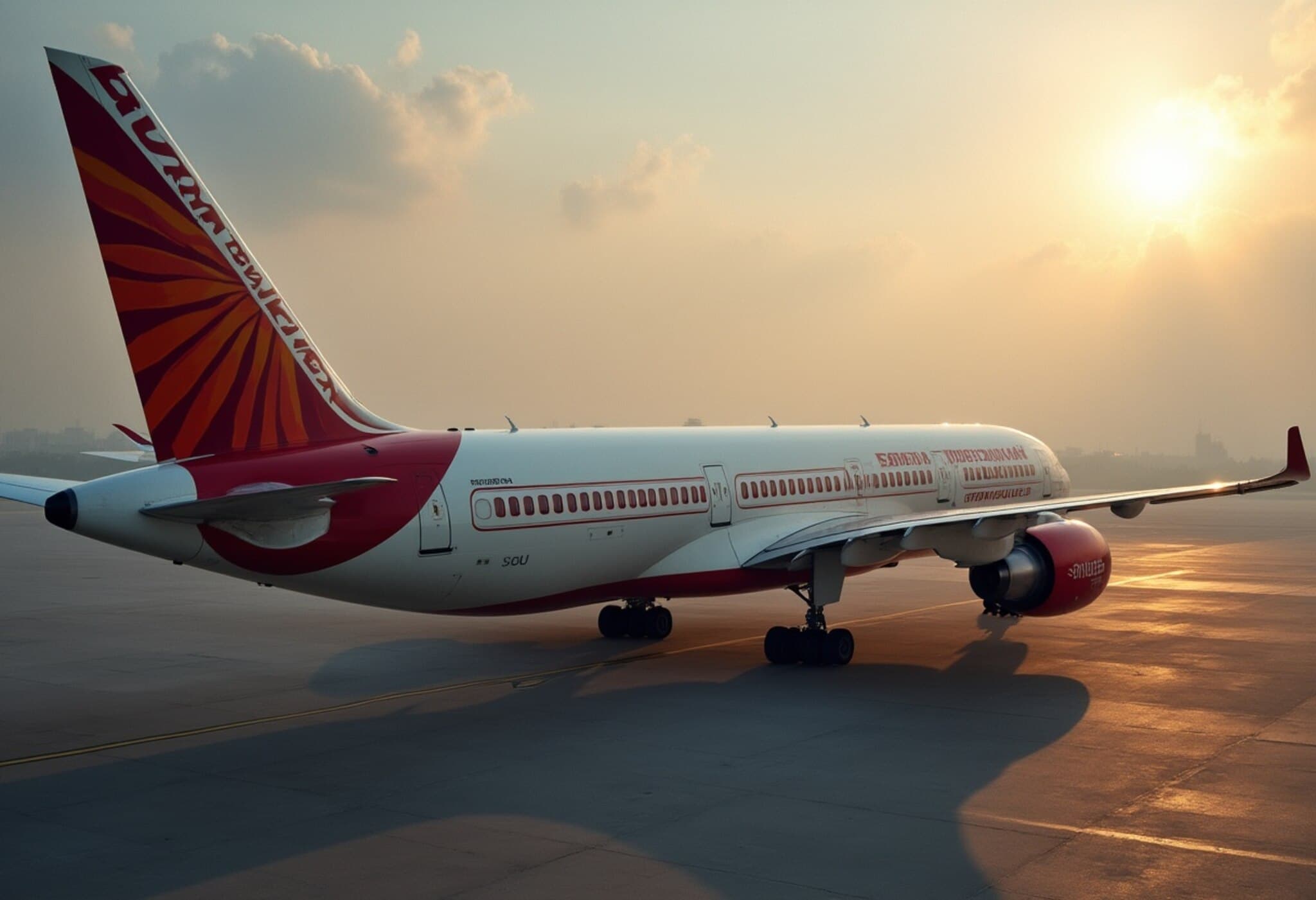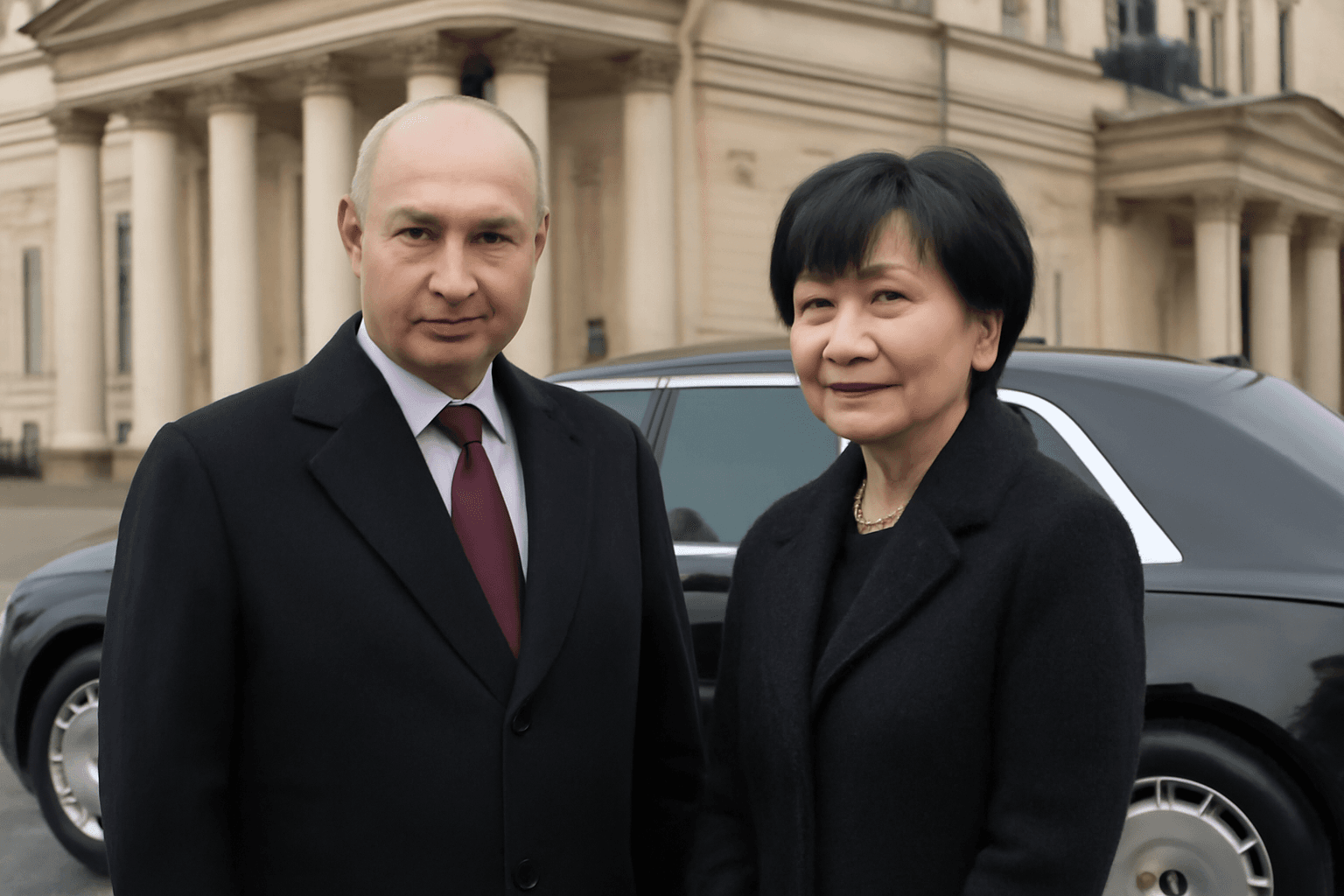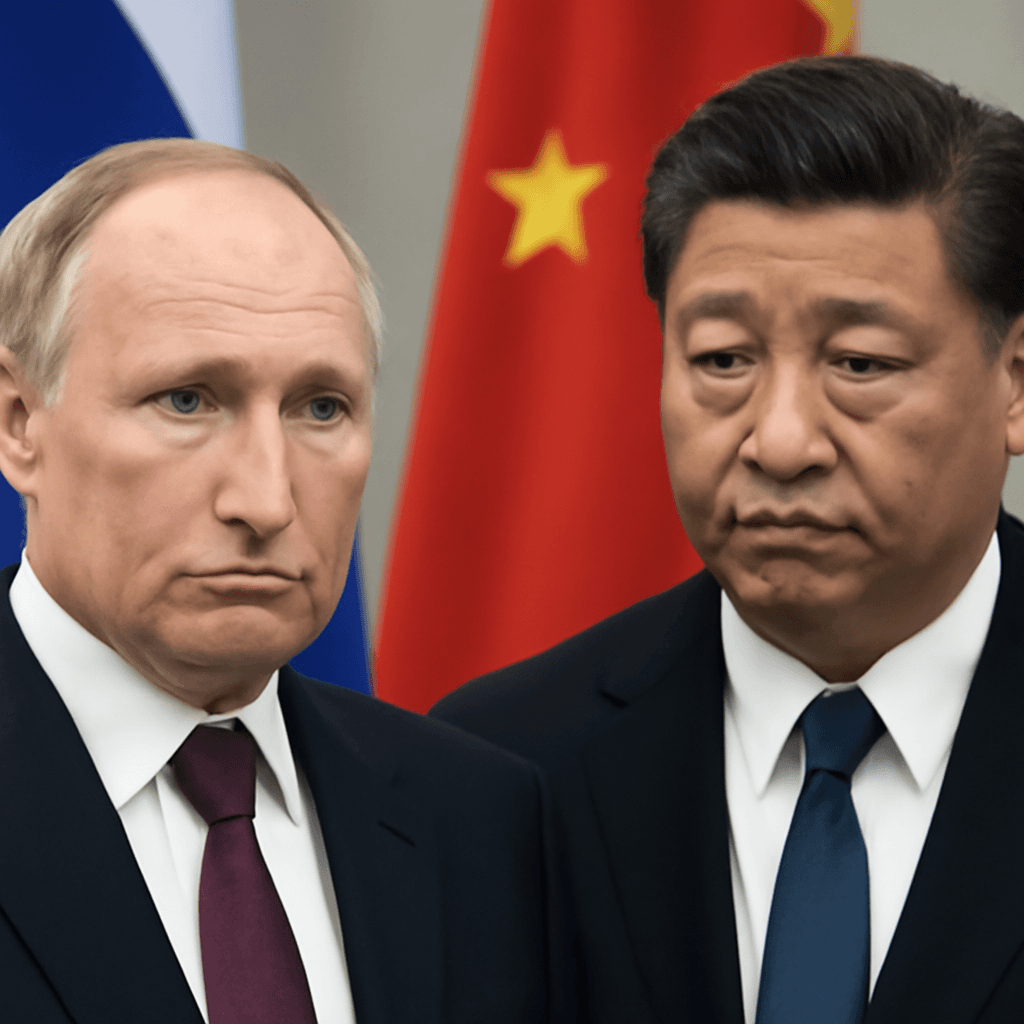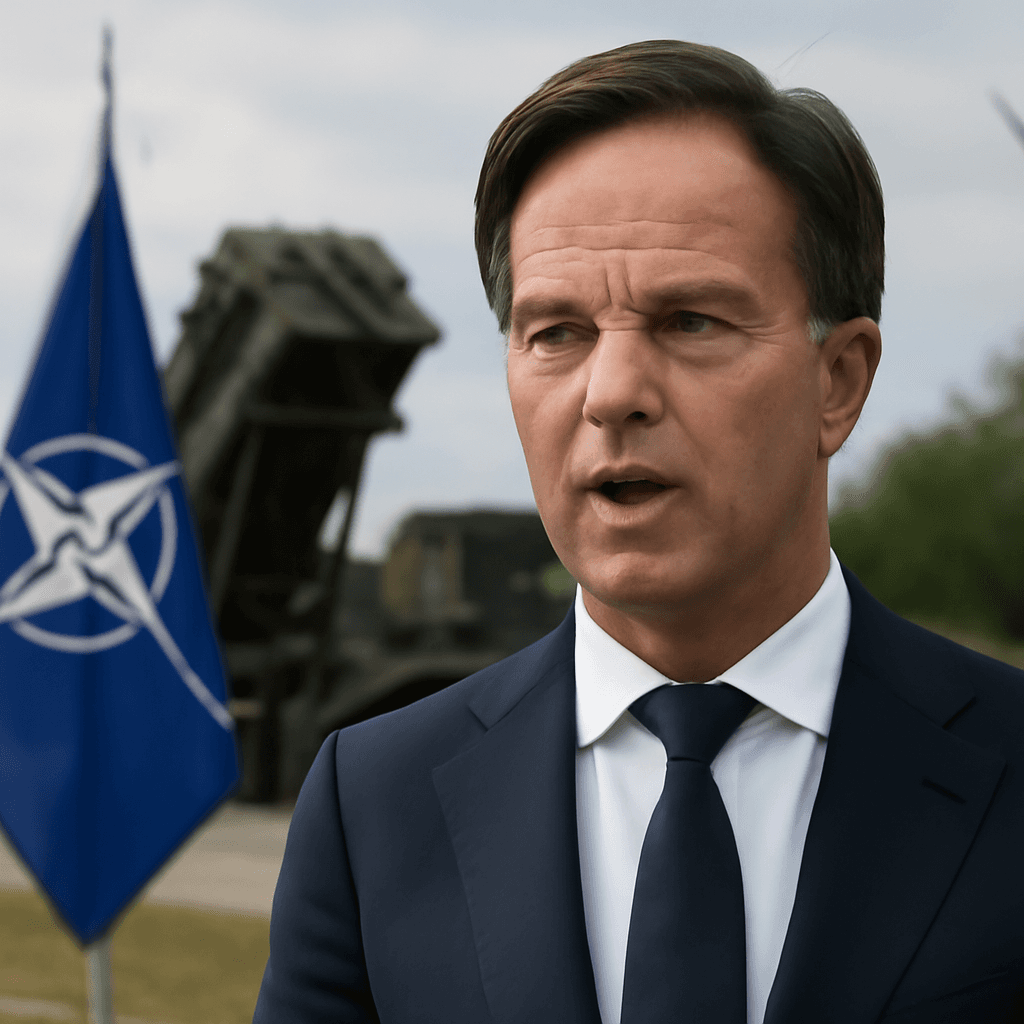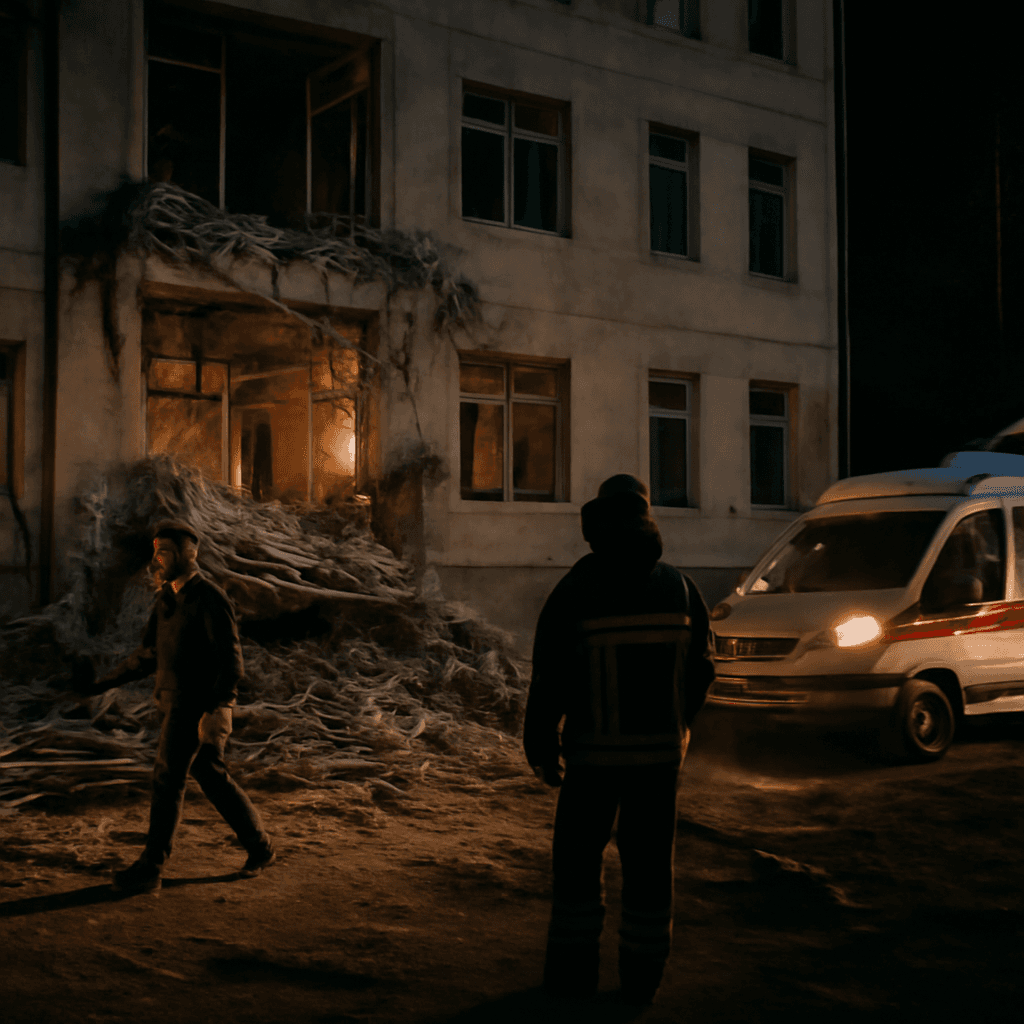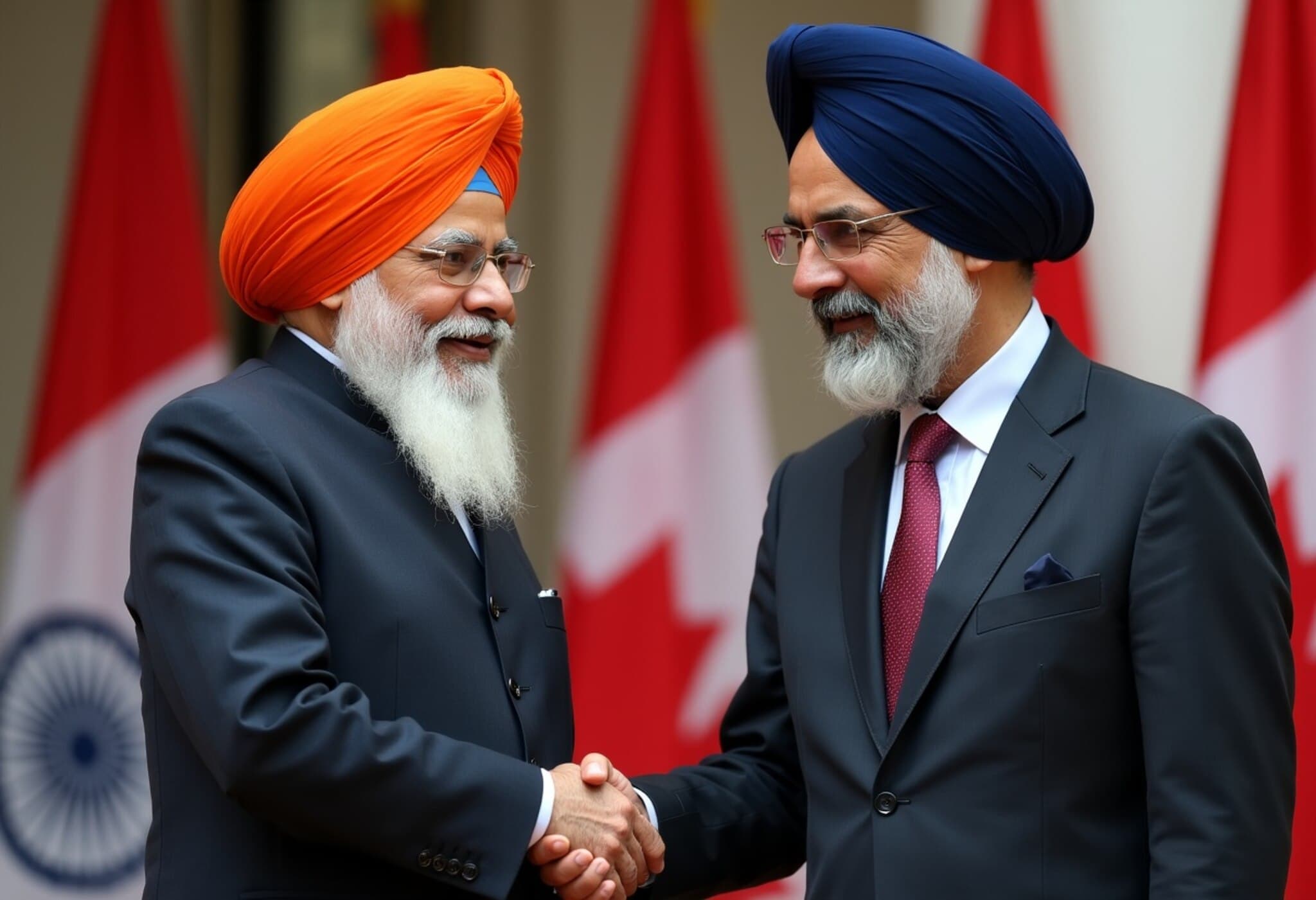Global Air Traffic Reflects Escalating Geopolitical Tensions
Recent data tracking worldwide flights reveals stark voids over key regions such as Iran, Ukraine, and Tibet. These noticeable gaps in global air traffic highlight the impact of ongoing geopolitical conflicts and military confrontations in these areas.
Three Major No-Fly Zones Emerge
A detailed analysis of airspace movements uncovers three distinct patches where commercial flights are scarce or completely absent. The disruptions correspond directly with hot spots of political unrest and military activity:
- Iran: Heightened conflict following Israel's airstrikes on June 13 targeted critical nuclear and military infrastructure, leading to a complete halt in civilian flights over Iranian airspace.
- Ukraine: Ongoing clashes between Russia and Ukraine have resulted in large swaths of Ukrainian sky being restricted for commercial aviation.
- Tibet: Increased military presence and border tensions influence air traffic restrictions.
The Ripple Effect of Conflict on Global Aviation
The immediate aftermath of the Israeli airstrikes on Iran was vividly documented in time-lapse visualizations, illustrating how all civilian flights rapidly diverted around Iranian territory. Commercial aircraft adjusted their routes to avoid the risks posed by missiles and military drones, leaving Iran's skies largely deserted.
These diversions do not come without consequences. Airlines now face longer flight paths, increased fuel consumption, potential delays, and operational challenges as airspace over certain regions becomes unpredictable or entirely off limits.
Current Developments and Regional Impact
The ongoing conflict between Iran and Israel escalated sharply on June 13, when Israel launched missile strikes on multiple Iranian military sites, including nuclear facilities. Residents in Tehran were advised to evacuate impacted areas amid reports of explosions in Tehran and Karaj, intensifying regional instability.
As these geopolitical tensions persist, the patterns of global air traffic remain an evolving indicator of security and diplomatic dynamics worldwide.

